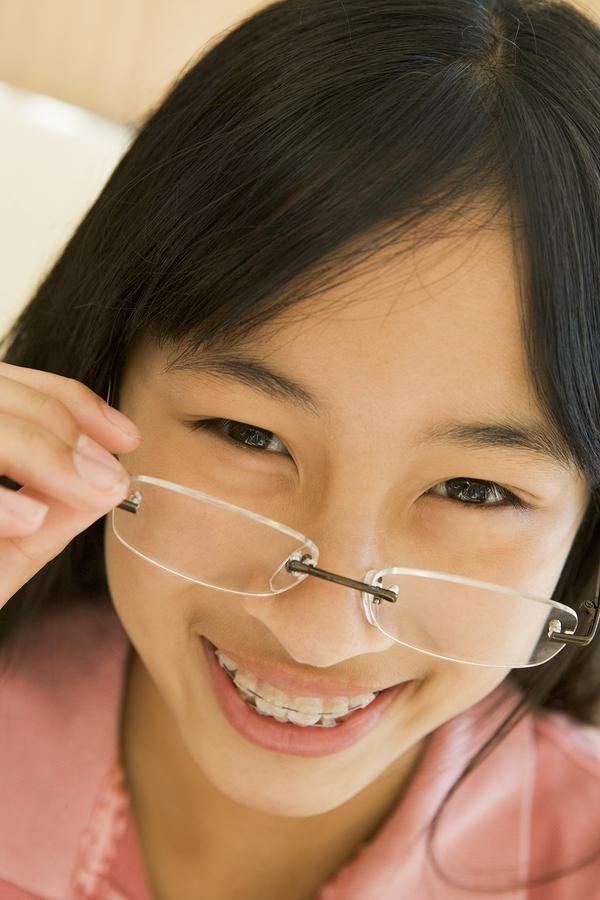 As a parent, you may rely on the results of a school vision screening, or the fact that your child doesn’t report any symptoms, as an indication he or she does not have a vision problem. However, these are not necessarily reliable ways of determining if a vision problem does exist. Children often will not be aware they are not seeing well. They may think the way they see things is the same way everyone else does, since they do not have anything else to compare it to but their own experiences.
As a parent, you may rely on the results of a school vision screening, or the fact that your child doesn’t report any symptoms, as an indication he or she does not have a vision problem. However, these are not necessarily reliable ways of determining if a vision problem does exist. Children often will not be aware they are not seeing well. They may think the way they see things is the same way everyone else does, since they do not have anything else to compare it to but their own experiences. In the first few months of life, infants can only see clearly objects that are 8 to 10 inches from their face. It isn’t until 12 to 16 weeks that their eyesight begins to improve, and they start seeing things more clearly from further away. Over the next year, children will develop depth perception, eye-body coordination, eye-hand coordination, and the ability to judge distances. It is rare for children to have vision problems at this age.
Detecting Eye and Vision Problems in Children
Most of the time, vision problems are not obvious, and the best way to catch issues early is through vision screenings offered by your pediatrician. Sometimes, though, there are symptoms of eye problems such as infection, cataracts, or other issues. Warning signs may include:
- Eye rubbing
- Tearing
- Swelling
- Redness
- Pus
- Crust
- Sensitivity to light
- Bulging or jiggly eyes
- Droopy eyelids
- White, yellow, or gray-white material in the pupil
If your child has any of these symptoms, or their eyes change in any way, or you are worried about their vision, don’t wait until they are 3-years old to get their first vision test. If you are concerned, it is always better to be on the safe side by visiting your pediatrician to have them checked.
